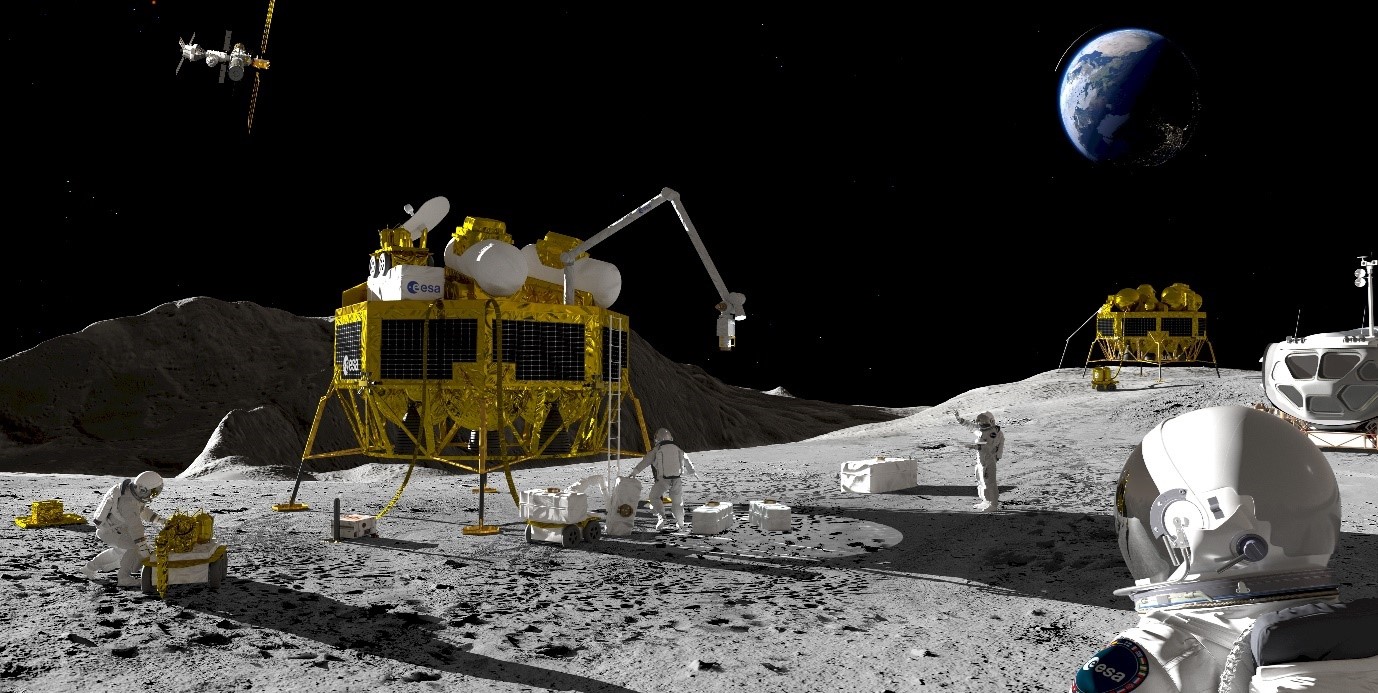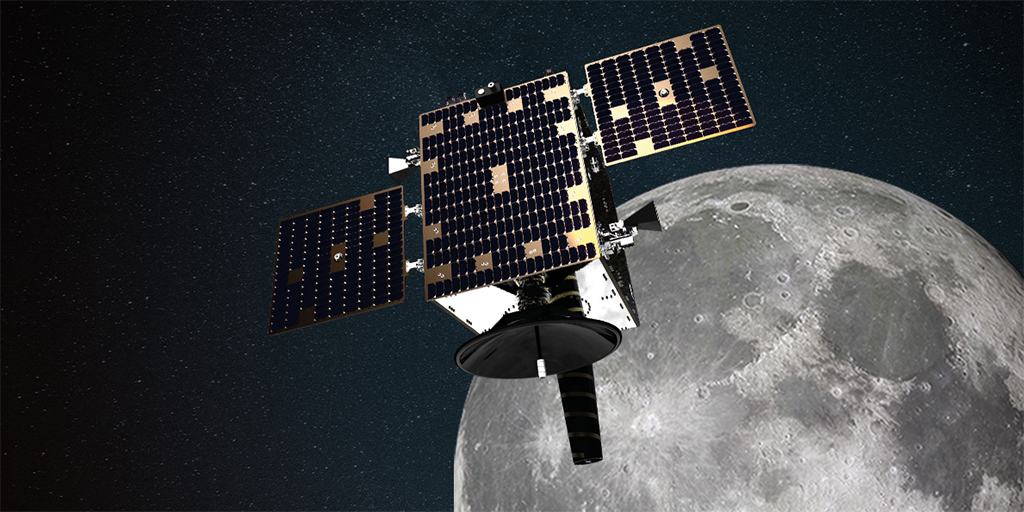Moon
Argonaut
Argonaut is Europe’s autonomous access to the Moon, allowing us to play a pivotal role in advancing our understanding of the Moon's geology, chemistry, and potential resources and in supporting human exploration. The lunar lander is being designed for a series of missions with many options for its payloads – from cargo and infrastructure delivery to scientific operations, a rover or a power station, Argonaut is being designed as a versatile access to the Moon.
Each Mission candidates presents inherently complexities in relation to contamination aspects. As humanity expands its presence on the Moon, an integrated and adaptable approach to Planetary Protection is crucial to preserve scientific goals and lay the groundwork for responsible space exploration. Planetary Protection in this case makes sure that we do not forward contaminate the Moon with our planned frequent visits and many vehicles landing. Argonaut is a Category IIb mission as it plans to land variety of payloads to the Lunar South Pole.
Read more: ESA - Argonaut
Lunar Gateway
Lunar Gateway is an international outpost being built to orbit the Moon. Placed farther from Earth than the International Space Station the Gateway will offer a staging post for missions to the Moon. Its flight path is a highly-elliptical orbit – bringing it both relatively close to the Moon’s surface but also far away making it easier to pick up astronauts and supplies from Earth – around a five-day trip. Missions to the Moon and back will make stops at the Lunar Gateway, for the rest of the time it will function autonomously.
Lunar Gateway is a Category II mission based on COSPAR Planetary Protection Policy.
Read more: ESA - Gateway
Lunar Pathfinder
Lunar Pathfinder satellite will provide communications services around the Moon. Lunar Pathfinder is a first step towards ESA’s ambitious Moonlight vision to create a network of communications and data relay satellites serving users worldwide. Such satellites could also provide navigation data for lunar exploration, just as today we navigate using Galileo and GPS on Earth.
The far side and polar regions of the Moon are a particular area of interest to space agencies as a potential source of resources for water, fuel and oxygen. A communications relay satellite such as Lunar Pathfinder is necessary to ensure continuous contact for both robots and humans.
Lunar Pathfinder is a Category II mission based on COSPAR Planetary Protection Policy.
Read more: ESA - Firefly to take Lunar Pathfinder to the Moon



